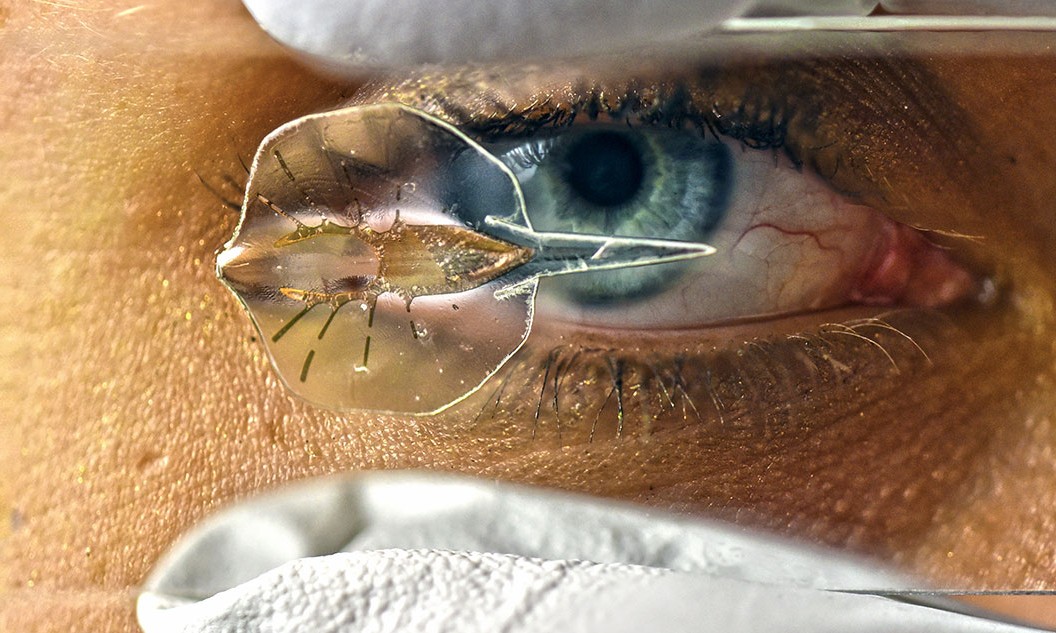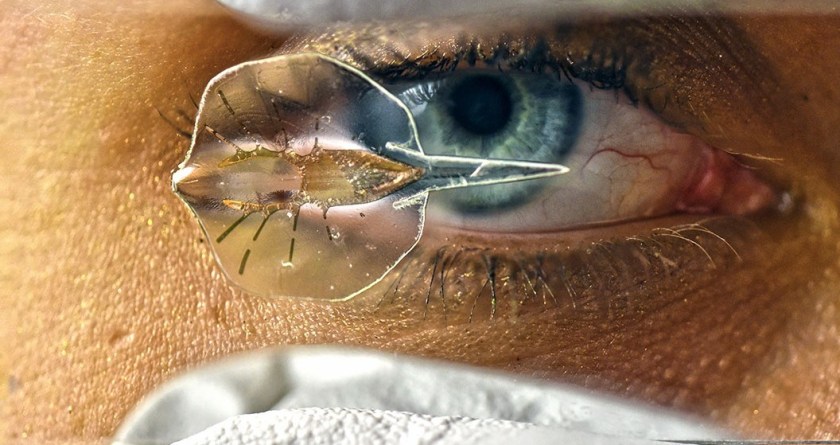
Researchers at Harvard University spent three years developing and building what might be strangest prototype in recent history. The result? A swimming stingray-like robot powered by genetically modified heart-muscle cells from lab rats. (Still with us?) The robot’s skeleton is made of gold, and its outer “skin” of silicon, which is then covered with the rats’ cells. When exposed to blue light, the muscle cells contract, and the robot is able to swim in various directions.
While this may sound like fodder for an upcoming horror movie, the stingray robot actually has a practical purpose: It will help researchers in the quest to build a better artificial heart, while also giving them a glimpse into the world of synthetic cognition. Not to mention that researchers can now manufacture these robots in about a week.
To review the study, click here. Look at more images of the robot below. For more on how the robot works, watch the video at the bottom.
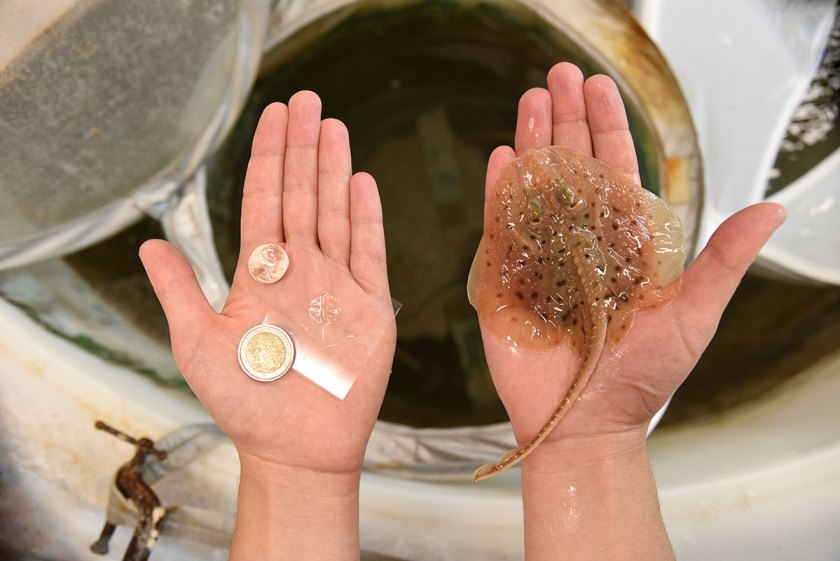
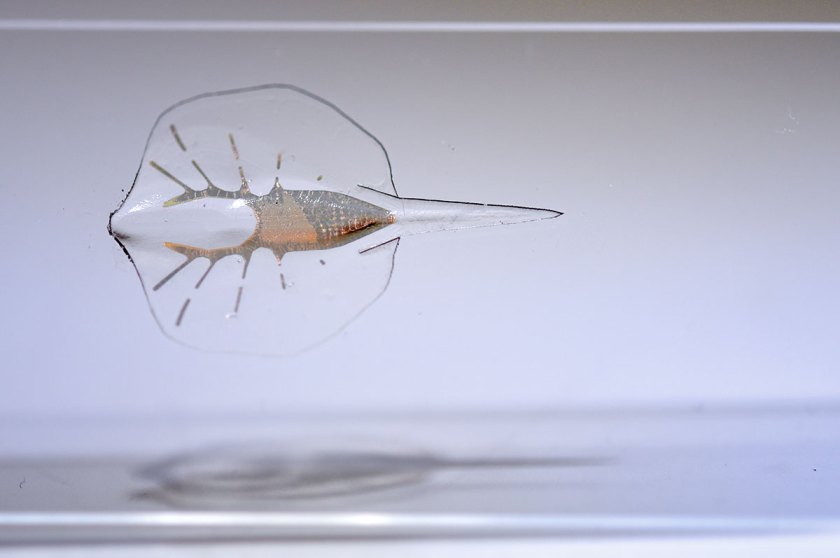
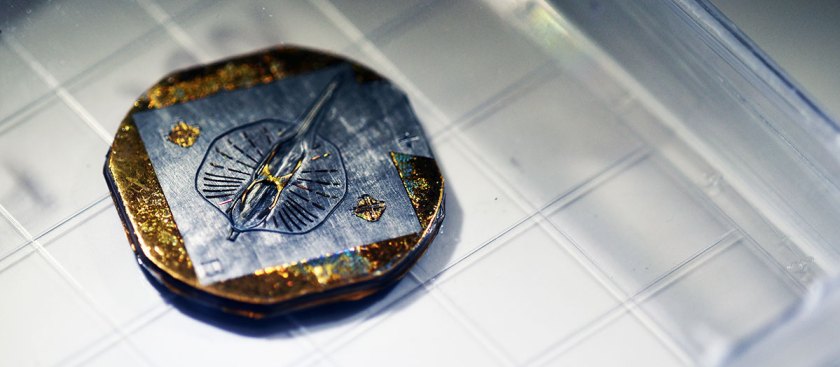
This article was featured in the InsideHook newsletter. Sign up now.
